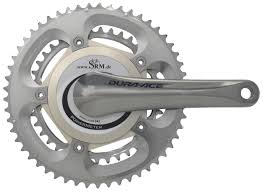Step 1: Organization
In order to have a fast transition, you must plan exactly what steps are to be taken as you approach your spot. Part of the organization process is an actual "dry run" from the entrance of the transition area to where your bicycle is parked. I prefer to do this just prior to transition area closing. The transition area looks much different when you are running into it during the race as opposed to walking OUT of it after you've dropped off your equipment.
Lay the items you're transitioning into on your mat or towel. Make sure you know EXACTLY what steps come first. If the first time you've done this organization process is at the actual event, it's probably too late. That brings us to step #2.
Step 2: Practice
You need to make at least 10 runs through the transition process in the comfort of your own home (or lawn). The following items usually waste time in transitions. Practice these thoroughly:
- Getting out of your wetsuit
- Putting your helmet on BEFORE EVEN TOUCHING your bike
- Running in your cycling shoes. This isn't for everyone. Some people prefer to run barefoot to the end of the transition area with the cycling shoes already clipped into the pedals. Some people prefer to do an awkward trot with their cycling shoes on. YOU need to develop your own preferred method (which is why we practice!)
- Grab your nutrition from your cooler if it isn't already attached to the bike. You can tape gel packets to the bike so they're already in place (aero weenies feel free to gasp)
The bottom line is practice your own method until you can literally repeat what you're supposed to do for each transition.
Step 3: Pay Attention to the Details!
The old saying goes "The difference is in the details". What on earth does that mean and how do you apply it to triathlon. Here are some examples off common goof ups:
- Forgetting sunscreen before leaving transition for your Half Ironman bike or run. I know...I've done it!
- Forgetting your nutrition
- Forgetting your sunglasses
- Forgetting to buckle your helmet
The list goes on, but remember to practice your own system at home. You'll be glad you did on race day!








